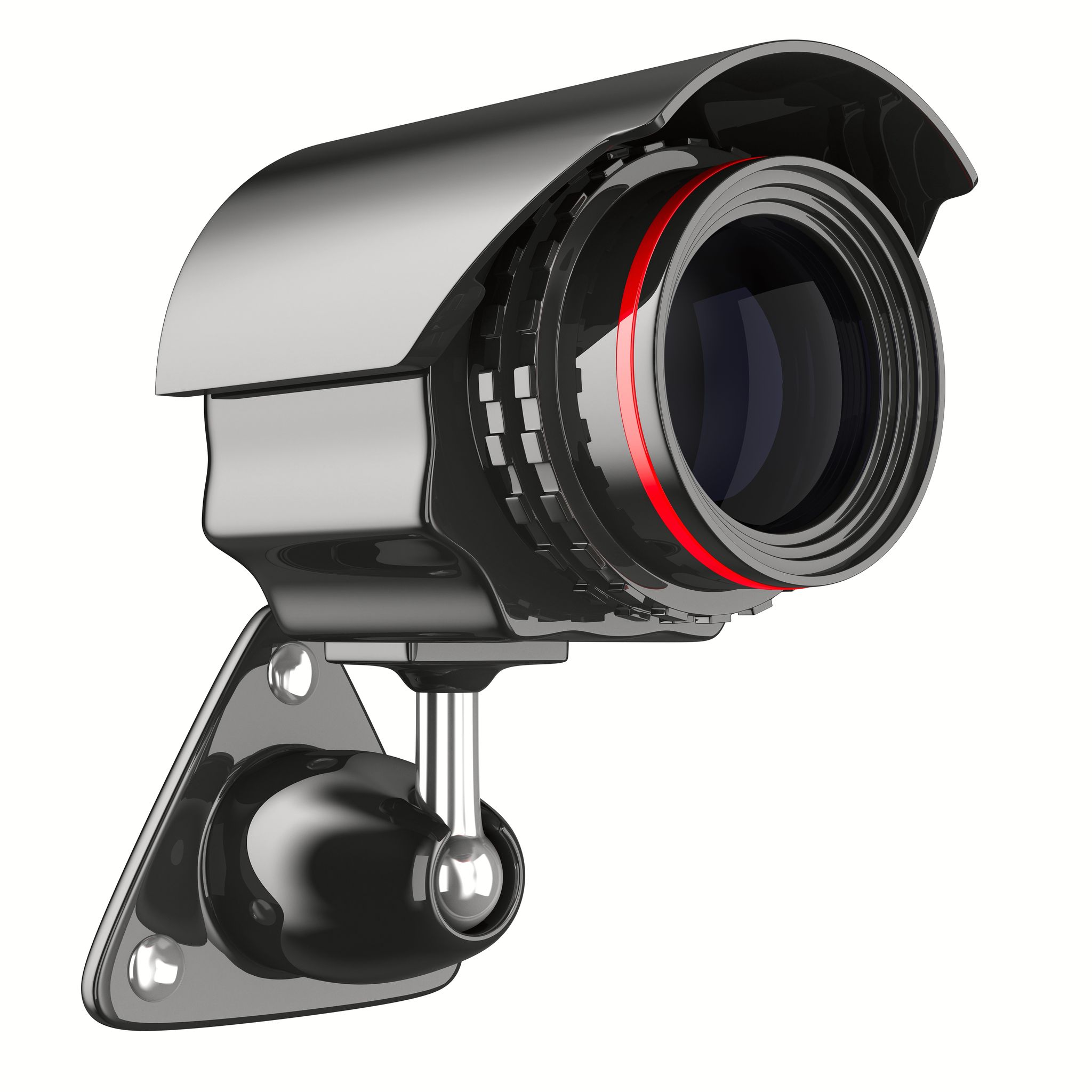The word pergola is derived from the Latin word pergula, which means “projecting eave”. The word was first mentioned in 1645 by the English writer John Evelyn in reference to the pergolas he saw on a visit to Rome.
While classical pergolas were used to support vining plants, such as grapevines and climbing roses, modern pergolas are more about shade. Unlike a patio roof, a modern pergola is made up of slats, allowing filtered sunlight to shine through. These contemporary pergolas can be used to create covered walkways, and to shade decks and patios. You’ll find pergolas at shopping centers, outdoor dining areas, and office buildings.
Rather than wood, modern pergolas are typically made of metal, usually steel or lightweight aluminum. This creates a sturdy structure that can last for decades. Also, aluminum can be powder coated in nearly any color, for an extremely durable finish. Contemporary pergolas are also sometimes made of vinyl, fiberglass, and PVC. However, these materials are not as durable as metal.
Pergolas are a useful feature for both homes and commercial properties. While most pergolas today are unadorned, they can still be used to support vining plants. A pergola covered in bright bougainvillea or romantic wisteria creates a beautiful garden feature.
If your home or business needs an outdoor source of shade that’s stylish and carefree, an aluminum pergola fits the bill. It can provide shade and filtered sunlight around your property for decades.

